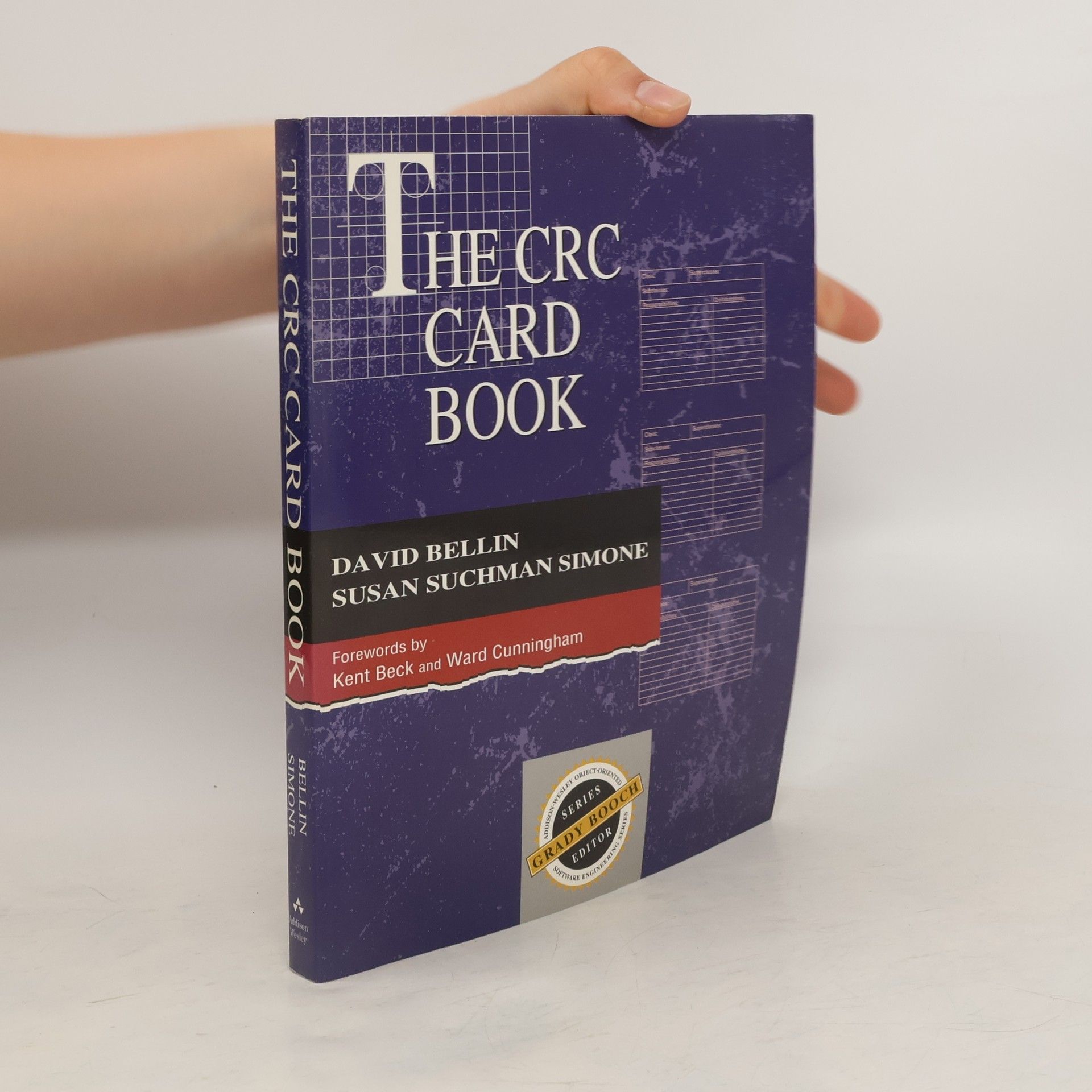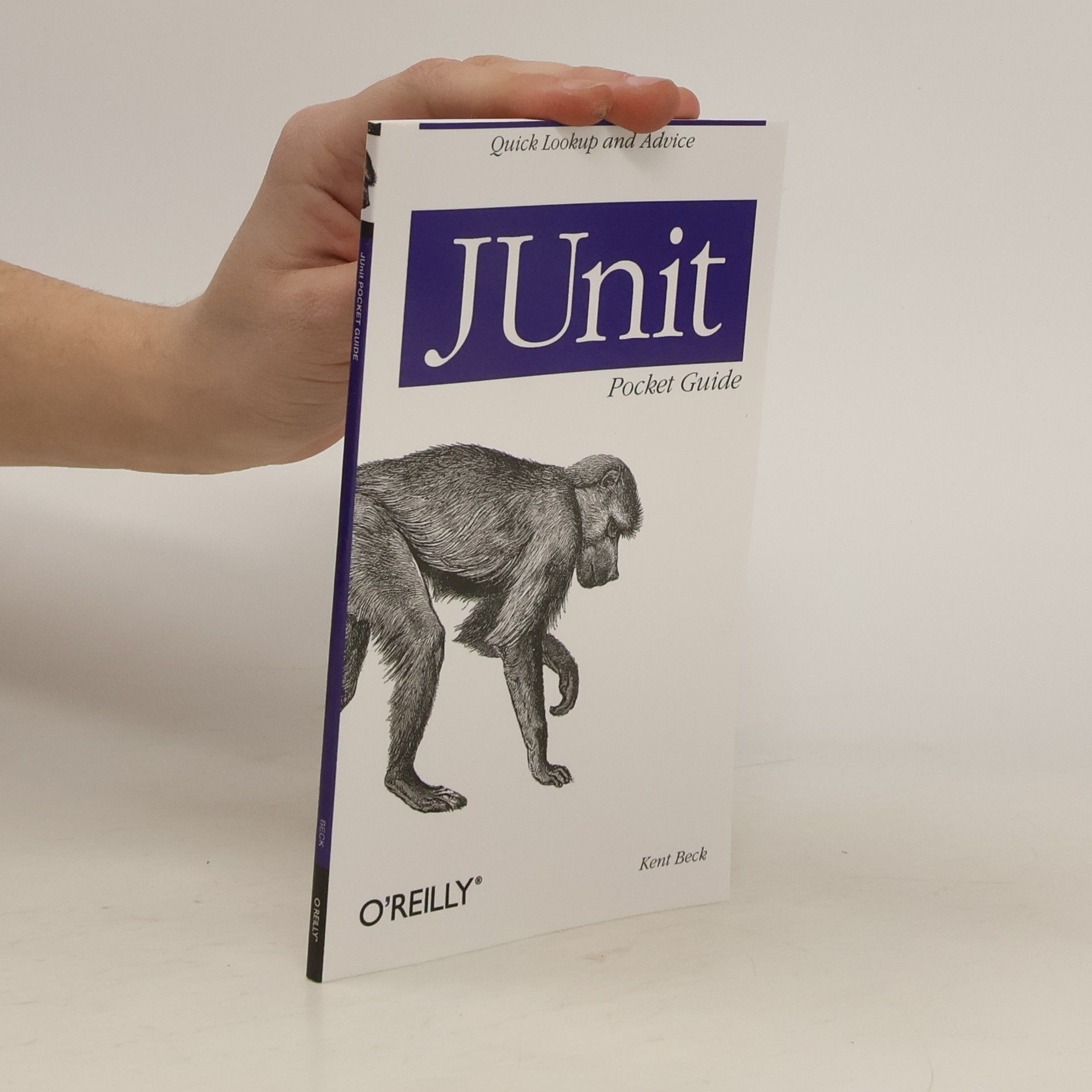Uporządkowany kod. Ćwiczenia z empirycznego projektowania oprogramowania Niechlujny kod to koszmar programisty. Utrudnia zrozumienie logiki programu i często prowadzi do problemów z debugowaniem. Komplikuje modyfikację i rozbudowę programu, pogarsza współpracę z zespołem. Z kolei uporządkowany kod jest zrozumiały i łatwy w utrzymaniu. To proste: czysty kod to szczęśliwy programista! To ważna książka na ważny temat! Dave Farley, założyciel i dyrektor Continuous Delivery Ltd. Ta zwięzła publikacja przyda się profesjonalistom, którzy lubią drobne ulepszenia prowadzące do dużych korzyści. Zrozumiale wyjaśniono w niej, na czym polega proces tworzenia czystego i niezawodnego kodu. W rozsądnej dawce podano zagadnienia teoretyczne, takie jak sprzężenie, kohezja, zdyskontowane przepływy pieniężne i opcjonalność. Porządkowanie kodu jest tu przedstawione jako element codziennej pracy programisty, prowadzący do poprawy struktury całego projektu. W książce znalazło się mnóstwo praktycznych przykładów, dzięki którym można wypróbować wybrane techniki, najlepiej sprawdzające się w danym przypadku. W tej książce znajdziesz praktyczne rady dotyczące ulepszania kodu. Sam Newman, autor książek Budowanie mikrousług i Od monolitu do mikrousług Najciekawsze zagadnienia: teoretyczne podstawy projektowania oprogramowania różnica między zmianami działania systemu a zmianami jego struktury najlepszy czas na sprzątanie kodu dokonywanie dużych zmian małymi krokami projektowanie oprogramowania jako ćwiczenie z obszaru relacji międzyludzkich Tę książkę polecam każdemu, komu zależy na czystym i czytelnym kodzie! Gergely Orosz, autor newslettera The Pragmatic Engineer
Kent Beck Book order






- 2024
- 2023
Tidying up messy software is a must. And that means breaking up the code to make it more readable -- "tidying" the code to make it more understandable. In this practical guide, author Kent Beck, creator of Extreme Programming and pioneer of software patterns, suggests when and where you might apply tidyings in your code to improve it while keeping the overall structure of the system in mind. Instead of trying to master tidying all at once, this book lets readers try out a few examples that make sense for their problem. If they have a big function containing many lines of code, they'll learn how to logically divide it into smaller chunks. Along the way, developers will learn the theory behind software design: coupling, cohesion, discounted cash flows, and optionality. This book helps you: Understand the basic theory of how software design works, and learn about the forces that act on it Explore the difference between changes to a system's behavior and changes to its structure Improve your programming experience by sometimes tidying first and sometimes tidying after Learn how to make large changes in small, safe steps Prepare to design as a human activity with diverging incentives
- 2015
Kent Beck's Guide to Better Smalltalk
- 428 pages
- 15 hours of reading
Targeted at Smalltalk programmers, this guide aims to enhance their effectiveness as developers and users of object technology. It provides insights and techniques tailored specifically for mastering Smalltalk, enabling readers to improve their programming skills and deepen their understanding of object-oriented principles.
- 2008
Softwareexperte Kent Beck präsentiert 77 Patterns, die für die tägliche Programmierung und zur Verbesserung der Codeverständlichkeit unverzichtbar sind. Diese Sammlung behandelt Aspekte wie Klassen, Zustand, Verhalten, Methoden, Collections und Frameworks. Mit Diagrammen, Geschichten, Beispielen und Essays werden die Patterns anschaulich dargestellt und bieten bewährte Lösungen, von der Benennung von Variablen bis hin zu checked Exceptions. Großartiger Code drückt klar und einheitlich die Absichten des Programmierers aus, sodass andere ihn verstehen, sich darauf verlassen und ihn modifizieren können. Solcher Code entsteht nicht zufällig, sondern ist das Ergebnis vieler kleiner, wichtiger Entscheidungen, die Programmierer täglich treffen. Beck, bekannt für seine Arbeiten zu Extremprogrammierung und Softwarepatterns, fokussiert sich auf diese kritischen Entscheidungen und beschreibt leistungsfähige „Implementation Patterns“, um Programme einfacher, klarer und kostengünstiger zu gestalten. Dieses Buch richtet sich an Programmierer aller Erfahrungsstufen, insbesondere an diejenigen, die bereits von Softwarepatterns oder agilen Methoden profitiert haben. Es ist eine wertvolle Ressource für Entwicklerteams, die effizienter zusammenarbeiten und wartbare Software erstellen möchten. Es behandelt die Kommunikation durch Code, die Philosophie hinter Patterns, die Erstellung von Klassen, die Speicherung von Zustandsinformationen, die Real
- 2004
JUnit pocket guide
- 120 pages
- 5 hours of reading
JUnit, created by Kent Beck and Erich Gamma, is an open source framework for test-driven development in any Java-based code. JUnit automates unit testing and reduces the effort required to frequently test code while developing it. While there are lots of bits of documentation all over the place, there isn't a go-to-manual that serves as a quick reference for JUnit. This Pocket Guide meets the need, bringing together all the bits of hard to remember information, syntax, and rules for working with JUnit, as well as delivering the insight and sage advice that can only come from a technology's creator. Any programmer who has written, or is writing, Java Code will find this book valuable. Specifically it will appeal to programmers and developers of any level that use JUnit to do their unit testing in test-driven development under agile methodologies such as Extreme Programming (XP) [another Beck creation].
- 2002
Extreme Programming (XP) entstand, um auf die besonderen Anforderungen von Software-Entwicklungsprojekten einzugehen, die von kleinen Teams durchgeführt werden und sich durch vage und sich ständig ändernde Anforderungen auszeichnen. Der „ Extremo“ Kent Beck stellt in diesem ersten Buch zu XP die z. T. provokanten und kontrovers diskutierten Thesen anschaulich dar. Die deutsche Ausgabe macht diesen extremen Ansatz einem breiteren Publikum zugänglich und fordert auf, die Art und Weise, wie Software entwickelt wird, zu überdenken."
- 2002
Test Driven Development: By Example
- 240 pages
- 9 hours of reading
Follows two TDD projects from start to finish, illustrating techniques programmers can use to increase the quality of their work. The examples are followed by references to the featured TDD patterns and refactorings. This book emphasises on agile methods and fast development strategies.
- 2000
Extreme Programming Explained
- 224 pages
- 8 hours of reading
Describes how to improve your software development by integrating accountability, transparency and responsibility into your daily development process. This book helps you how to: involve the whole team; increase technical collaboration through pair programming and continuous integration; reduce defects through developer testing; and more.
- 1997
The CRC Card Book
- 290 pages
- 11 hours of reading
This concise book addresses the actual details involved with using CRC cards, including coverage of the team approach to analysis and examples of program code (Java, C++, and Smalltalk) derived from the use of the CRC card method.
- 1997
Dieses Buch handelt nicht von Methodologie, nicht von Philosophie und nicht von Design. Es handelt von den einfachen Dingen der Praxis, die erfolgreiche Smalltalker tun und Anfänger vernachlässigen. In gewissem Sinne ist dieses Buch ein Stilleitfaden. Die behandelten Themen machen die Routine der Programmierung aus. Es liefert guten Rat aus der Praxis, der hier in 92 Gebrauchsmuster gegliedert ist. Bei den Mustern handelt es sich nicht um Insellösungen. Sie gehen ineinander über und bilden insgesamt ein System - eine Sprache. Ein Muster ist ein Modell, das eine Entscheidung darstellt, die der Fachmann immmer wieder trifft. Die Benennung einer Instanzvariable nach ihrer Aufgabe, die sie wahrnimmt, ist z.B. ein Muster. Die Gebrauchsmuster wurden aus der Überlegung heraus entwickelt, wie man bei der Programmierung Dinge vermeiden kann, die irgendwann Ärger bereiten, z.B. sich wiederholender Quellentext, Bedienungslogik und komplexe Methoden. Mit diesen Mustern erhalten Sie einen Werkzeugkasten, mit dem Sie feststellen können, nach welchen Problemen zu suchen ist und wie diese zu beheben sind. Sie werden merken, daß mit der Zeit immer weniger Probleme behoben werden müssen.

